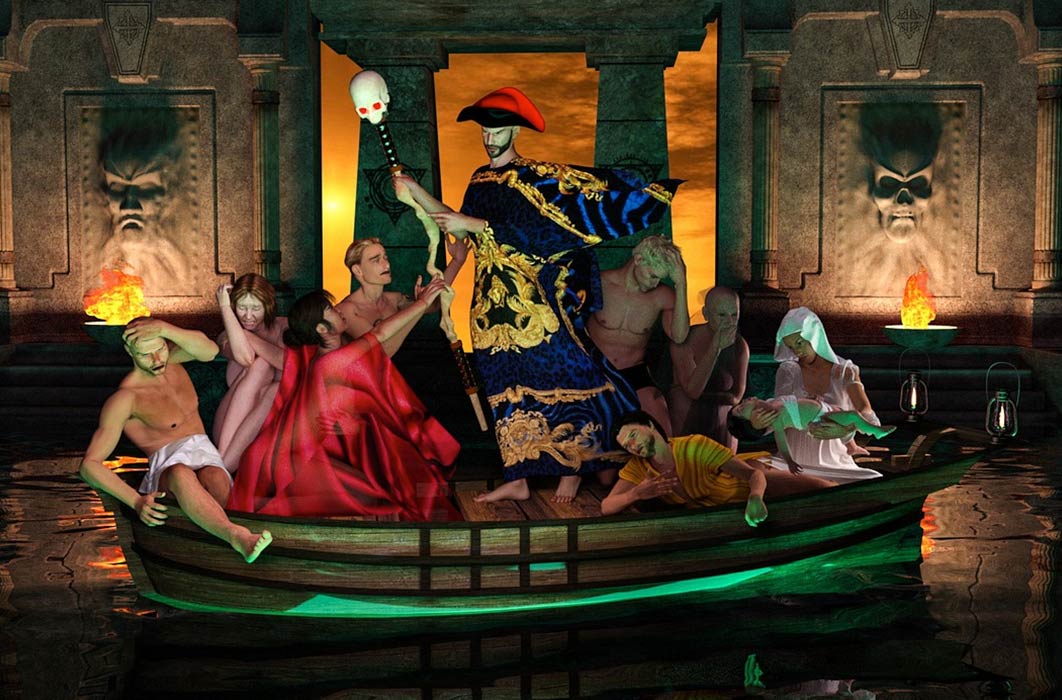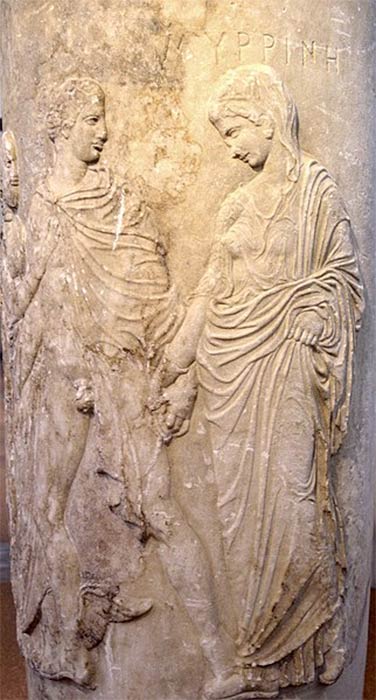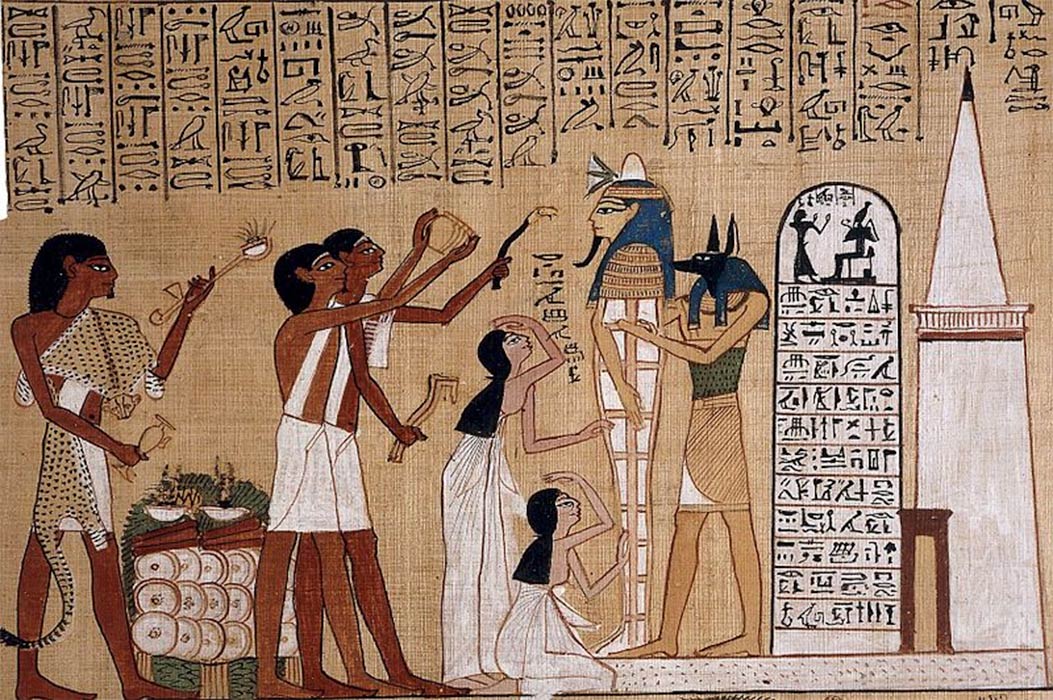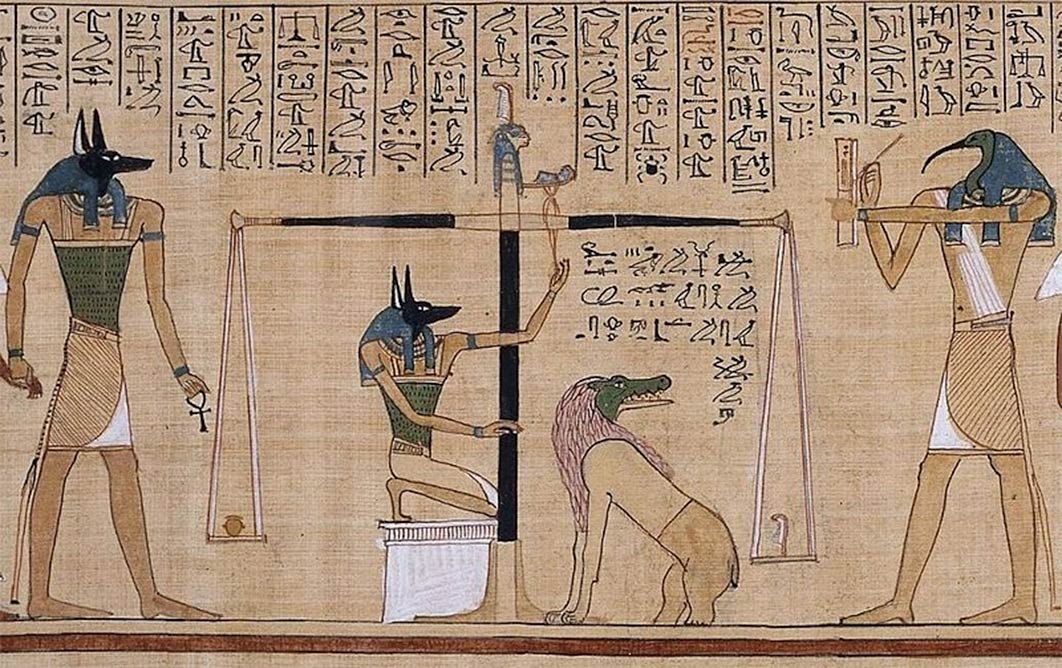
Psychopomp: Crossing Over Passage in Ancient Ghostlore
Modern science has, for the last two centuries, replaced most of the spirits, entities, demons and ghosts of the ancient world with logical explanations demonstrated through scientific experimentation, but there is no arguing that people in the ancient world mostly believed the human soul existed somewhere else after death, in an afterlife, and that the quality of the soul’s next life depended greatly on how their bodily remains were disposed of after death, evident in preservation methods such as mummification. A psychopomp refers to an entity that guides the soul to cross over the realm of the afterlife.

Carved relief in a funerary lekythos at Athens depicting Hermes as psychopomp accompanying the ghost of Myrrhine into Hades (ca. 430-420 BC). National Archaeological Museum of Athens (Marsyas / CC BY-SA 3.0)
According to Ancient Encyclopedia ghosts appear in the cultures of Mesopotamia, India, Egypt, Greece, Rome, China, Mesoamerica and all over the Celtic world, and while descriptions of afterlives differ from culture to culture, often from village to village, ghosts of the dead seen at their mortal lands and properties were intercepted as omens of things in this reality being ‘out of alignment,’ or anomalies in the spiritual world, and great steps were taken to assist tormented souls on their way to the other side and to clear these perceived blockages in the flow of crossing over to the other world.
According to a 2009 study by the Pew Research Center, 18% of modern Americans believe they have seen a ghost. Today these apparitions are most often called: spirits, phantoms, wraiths, poltergeists and specters, and they are generally believed to be the restless souls or spirits of dead people. However, all modern ghostlore is founded upon the ancestor worship of ancient cultures who had an animated belief system and associated ghosts with specific locations, things and people that they had interacted with while alive. It is in the spirit sciences of past civilizations where one finds the ancient origins of the otherworldly agents who make things ‘go bump in the night’.

Opening of the mouth ceremony from Ancient Egyptian Papyrus from the Book of the Dead of Hunefer (Public Domain)
Weighing The Soul In Ancient Egypt
All sightings of ghosts in ancient Egypt were reported with haste to the high priests who deemed these occurrences as being of the greatest prophetic importance. All going according to plan, after death, souls were believed to have travelled to the Hall of Truth where they were judged by Osiris and his 42 divine judges. The heart of the deceased’s soul was balanced on the Scales of Justice against the feather of truth and if one's heart was lighter than the feather, due to having lived a virtuous life, the soul continued onwards to the fields of Aaru, or the ‘Field of Reeds’, where it inhabited a spiritual reflection of its harmonious earthly home. However, if a heart weighed-in heavier than the Feather of Justice, it was thrown to the floor and eaten by a monster and the soul ceased to exist. However, when a soul returned to earth, something was very wrong in the cosmos.

This detail from the Papyrus of Hunefer (c. 1275 BC), shows the scribe Hunefer's heart being weighed on the scale of Maat against the feather of truth, by the jackal-headed Anubis, from the Egyptian Book of the Dead. (Public Domain)




